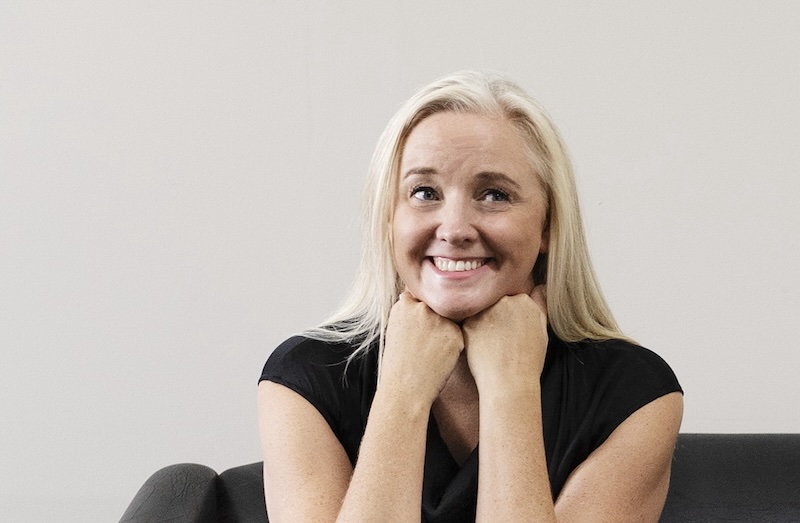Gonorrhoea isn’t going away. In 2022 there were 136
cases reported for every 100,000 people in New Zealand, and
young people are disproportionately represented.
The
largest percentage of cases are reported in men aged 20-29
years and women aged 15-29 years. Gay and bisexual men, who
make up an estimated 2% of the population, represented over
30% of the recorded cases.
There are many reasons for
the high rates in young people, one of the most pervasive is
the stigma attached to sexually transmitted infection
(STI).
Gonorrhoea is a particularly
concerning STI because Neisseria gonorrhoeae, the
bacteria responsible for gonorrhoea infection has developed
a resistance to most of the currently available
antibiotics.
University of Waikato biochemist Dr Joanna
Hicks says, “untreatable gonorrhoea was a likely
reality that we will be facing in the future, and current
trends suggest young people will bear the
burden.”
The World Health Organisation is so
concerned at the increasing antimicrobial resistance of
gonorrhoea and the growing rates of infection, that
they’ve listed the bacteria as a “high
priority pathogen” for ongoing
research.
Dr Hicks has spent most of her
career researching Neisseria gonorrhoeae. Her
research has recently been boosted with an Explorer Grant
from the New Zealand Health Research Council
(HRC).
The Explorer Grant project
Avoiding detection: How does gonorrhoea survive within
host cells? builds on ongoing projects that her team are
working on, including a
study led by immunologist Dr
William Kelton, who is an associate investigator on this
new project.
Dr Hicks said the Explorer will
enable her team to investigate some new avenues to uncover
the secret intracellular life of the
bacteria.
“It’s a mastermind
bacteria. It’s extraordinarily resilient with an ability
to survive and hide in a variety of different cells,
including human immune
cells.”
People often have little to
no symptoms, and when left untreated gonorrhoea can cause
serious complications. Women are most likely to be
asymptomatic and the outcomes can be dire – from ectopic
pregnancy to infertility.
“The particular
concern is there’s no vaccine and gonorrhoea has
developed extensive antimicrobial resistance. Right
now, there are dwindling treatment options, and infection
rates are rising. Our work is important in advancing the
development of new and more effective
treatments.”
The current project will zero
in on the bacteria’s FitAB toxin-antitoxin system. “This
is basically the genetic material within certain strains of
Neisseria gonorrhoeae that enable the bacteria to
survive when exposed to stressors like antibiotics, and to
persist and hide in human cells, until more favourable
conditions return.”
Dr Hicks will be
using a number of laboratory techniques new to New Zealand.
It will also be a world first to use dual RNA sequencing
approaches to learn about the changes that occur in both the
human host cell and the Neisseria gonorrhoeae
bacteria during
infection.
© Scoop Media




















Discussion about this post